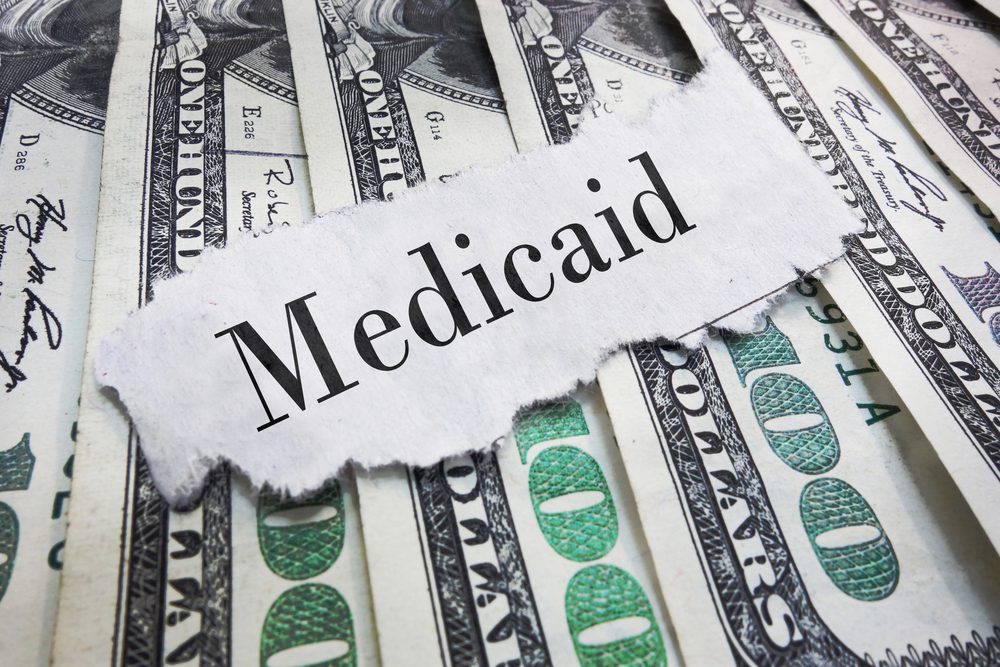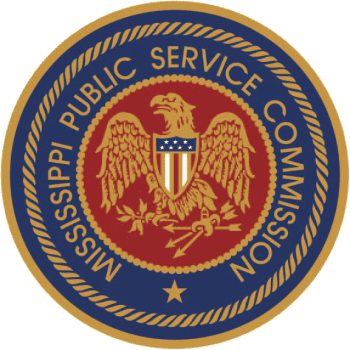
The NFIB Small Business Optimism Index is at an all time low, dropping several points as business owners look to expectations of future conditions.
The National Federation of Independent Business (NFIB) says their members are not optimistic about the future for small businesses. The Optimism Index dropped 3.6 points in June to 89.5 which is the sixth consecutive month below the 48-year average of 98.
Those who expect conditions to improve over the next six months dropped seven points to a negative 61%, which is the lowest it has been in the history of the survey.
Expectations for better conditions have worsened every month this year.
Click here to read the full NFIB Small Business Economics Trends report.
According to the report, inflation continues to be a top problem for small businesses with 34% of owners reporting it as the single most important problem the face. This issue saw an increase of six points from May and the highest level since quarter four in 1980.
“As inflation continues to dominate business decisions, small business owners’ expectations for better business conditions have reached a new low,” said NFIB Chief Economist Bill Dunkelberg. “On top of the immediate challenges facing small business owners including inflation and worker shortages, the outlook for economic policy is not encouraging either as policy talks have shifted to tax increases and more regulations.”
State-specific data is unavailable, but NFIB State Director Dawn McVea said, “This is a global economy, so problems like inflation and supply chain disruptions can’t help but have an impact on employers here at home, but small business owners are a tenacious bunch, and they’re doing everything they can to keep the doors open, keep prices in check, and provide the goods and services their communities need.”
Key findings of the national survey include:
- The net percent of owners who expect real sales to be higher decreased 13 points from May to a net negative 28%, a severe decline.
- Fifty percent of owners reported job openings that could not be filled, down one point from May, but historically very high.
- The net percent of owners raising average selling prices decreased three points to a net 69% seasonally adjusted, following May’s record high reading.
Owners still show concern in filling open positions, with a seasonally adjusted net 19% planning to create new jobs in the next three months, but down seven points from May. Ninety-four percent of those hiring or trying to hire reported few or no qualified applicants for the positions they were trying to fill.
Fifty-one percent of owners reported capital outlays in the last six months, down two points from May. Of those making expenditures, 37% reported spending on new equipment, 23% acquired vehicles, and 14% improved or expanded facilities. Five percent acquired new buildings or land for expansion and 13% spent money for new fixtures and furniture. Twenty-three percent of owners plan capital outlays in the next few months, down two points from May.
A net negative 2% of all owners (seasonally adjusted) reported higher nominal sales in the past three months, down three points from May. The net percent of owners expecting real sales volumes decreased 13 points to a net negative 28%.
The net percent of owners reporting inventory increases fell three points to a net negative 4%. Thirty-nine percent reported that supply chain disruptions have had a significant impact on their business. Another 30% report a moderate impact and 23% report a mild impact. Only 6% report no impact from recent supply chain disruptions.
A net 5% of owners viewed current inventory stocks as “too low” in June, down three points from May and still surprisingly high. By industry, shortages are reported most frequently in manufacturing (19%), retail (18%), agriculture (18%), construction (16%), and non-professional services (15%). A net negative 2% of owners plan inventory investment in the coming months.
The net percent of owners raising average selling prices decreased three points from May to a net 69% (seasonally adjusted). Price raising activity over the past 12 months has escalated, reaching levels not seen since the early 1980s when prices were rising at double-digit rates.
Unadjusted, 4% of owners reported lower average selling prices and 69% reported higher average prices. Price hikes were the most frequent in retail trades (80% higher, 3% lower), transportation (78% higher, 0% lower), construction (75% higher, 4% lower), and wholesale (69% higher, 7% lower). Seasonally adjusted, a net 44% plan price hikes.
A net 48% (seasonally adjusted) reported raising compensation, down one point from May. A net 28% of owners plan to raise compensation in the next three months, up three points from May and historically very high. Eight percent of owners cited labor costs as their top business problem and 23% said that labor quality was their top business problem.
The frequency of reports of positive profit trends was a net negative 25%, down one point from May. Among the owners reporting lower profits, 30% blamed the rise in the cost of materials, 16% blamed weaker sales, 14% cited labor costs, 14% cited lower prices, 7% cited the usual seasonal change, and 2% cited higher taxes or regulatory costs. For owners reporting higher profits, 51% credited sales volumes, 19% cited higher prices, and 17% cited usual seasonal change.
One percent of owners reported that all their borrowing needs were not satisfied. Twenty-seven percent reported all credit needs met and 61% said they were not interested in a loan. A net of 3% reported their last loan was harder to get than in previous attempts. Only 1% reported that financing was their top business problem.











